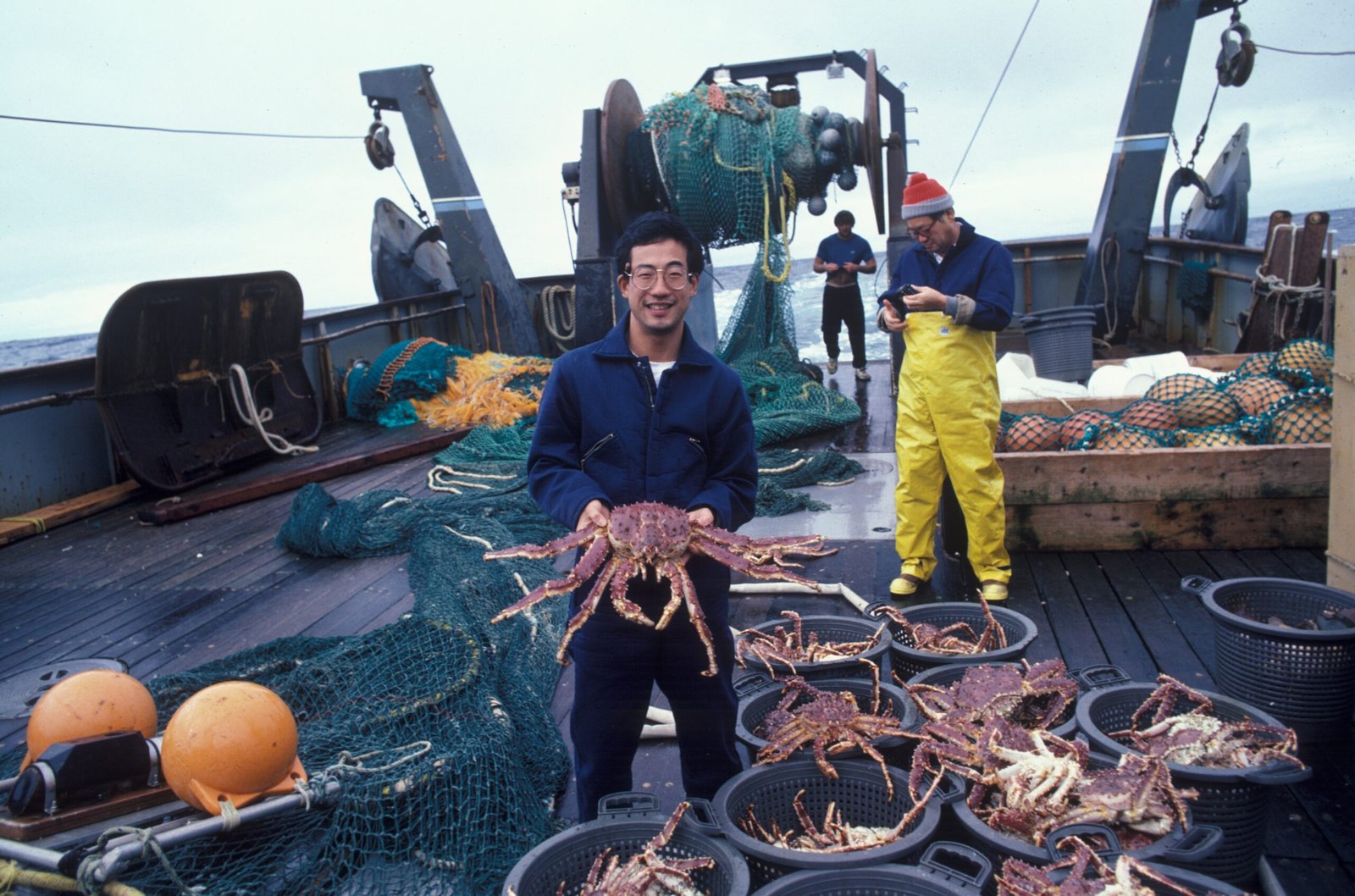Imagine a world where the serene beauty of the ocean is marred by floating plastic waste. Now, picture a gentle sea turtle, gracefully swimming through the water, but its journey is abruptly disrupted by an entanglement in that very plastic. This unfortunate reality is one that threatens the precious marine life in our oceans. In this article, we will explore the impact of plastic pollution on turtles, highlighting the need for urgent action to protect these magnificent creatures and the fragile ecosystems they call home.
The Impact of Plastic on Marine Turtles
Introduction to the Issue
Everyone loves turtles, right? These majestic creatures have captured our hearts with their graceful movements and beautiful shells. But did you know that marine turtles are facing a grave threat from plastic pollution in the ocean? Plastic waste has become a huge problem worldwide, and its impact on marine life, including our beloved turtles, is devastating. In this article, we will delve into the dangers of plastic pollution and explore how it affects marine turtles. We will also examine case studies of plastic-related injuries in turtles, shedding light on the severity of this issue.
The Danger of Plastic Pollution
Plastic pollution has become a global crisis, with millions of tons of plastic finding their way into the world’s oceans each year. The production and consumption of single-use plastics have skyrocketed over the past few decades, leading to alarming levels of pollution. Plastic items such as bags, bottles, and fishing nets are among the most common types of waste, posing major threats to marine life. These materials take hundreds of years to break down, persisting in the environment and causing widespread harm.
How Plastic Affects Marine Turtles
Marine turtles are particularly vulnerable to the hazards of plastic pollution. These magnificent creatures often mistake plastic debris for food, leading to ingestion and subsequent health issues. Endangered species such as the green turtle and the loggerhead turtle are known to consume plastic bags, which resemble their favorite food, jellyfish. This mistaken identity can have severe consequences, such as intestinal blockages, malnutrition, and even death.
In addition to ingestion, turtles can also become entangled in discarded fishing nets, ropes, and other plastic debris. Entanglement can cause severe injuries, leading to amputations, infections, and even drowning. Plastic pollution poses a significant threat not only to individual turtles but also to entire populations, as it disrupts their reproductive cycles and overall health.
Case Studies of Plastic-Related Injuries in Turtles
Case studies have shed light on the devastating impact of plastic pollution on marine turtles. In one instance, a green turtle was discovered with its digestive system completely blocked by plastic bags, rendering it unable to eat. The turtle underwent extensive surgery to remove the obstruction and was successfully rehabilitated, but not all turtles are as fortunate.
In another case, a loggerhead turtle was found entangled in discarded fishing nets, suffering from deep cuts and wounds. Despite rescue efforts, the injuries were too severe, and the turtle succumbed to its injuries. These stories exemplify the urgent need to address plastic pollution and its effects on marine turtles.
Plastic Pollution in the Ocean
Sources of Plastic Pollution
Plastic pollution in the ocean is a multifaceted issue with various sources. One of the primary contributors is improper waste management. In many parts of the world, waste disposal systems are inadequate, leading to large quantities of plastic waste being dumped into rivers and ultimately finding their way to the ocean. Irresponsible human behavior, such as littering beaches and coastal areas, also plays a significant role in the accumulation of plastic pollution.
Furthermore, the fishing industry contributes significantly to plastic pollution through discarded fishing gear. Abandoned fishing nets, also known as “ghost nets,” continue to trap and kill marine life, contributing to the overall plastic waste problem. Plastic packaging from various industries, including food and beverages, also adds to the growing plastic pollution crisis.
The Great Pacific Garbage Patch
One infamous example of plastic pollution is the Great Pacific Garbage Patch, a colossal area in the North Pacific Ocean where plastic waste accumulates due to ocean currents. Spanning an estimated area twice the size of Texas, this massive patch serves as a grim reminder of our plastic consumption habits. The Great Pacific Garbage Patch consists of a high concentration of microplastics, which are tiny plastic particles that can easily be ingested by marine organisms, including marine turtles. The presence of this garbage patch highlights the urgency of addressing plastic pollution on a global scale.
Other Areas Affected by Plastic Pollution
While the Great Pacific Garbage Patch may be the most well-known, it is not the only area affected by plastic pollution. Plastic debris can be found in oceans worldwide, impacting diverse marine ecosystems. Coastal regions near densely populated areas are particularly prone to plastic pollution, as they receive a significant influx of plastic waste from land-based sources. These areas often serve as critical habitats for marine turtles, making them more susceptible to the detrimental effects of plastic pollution. It is crucial to recognize the widespread nature of this issue and take immediate action to mitigate its impact on marine life.
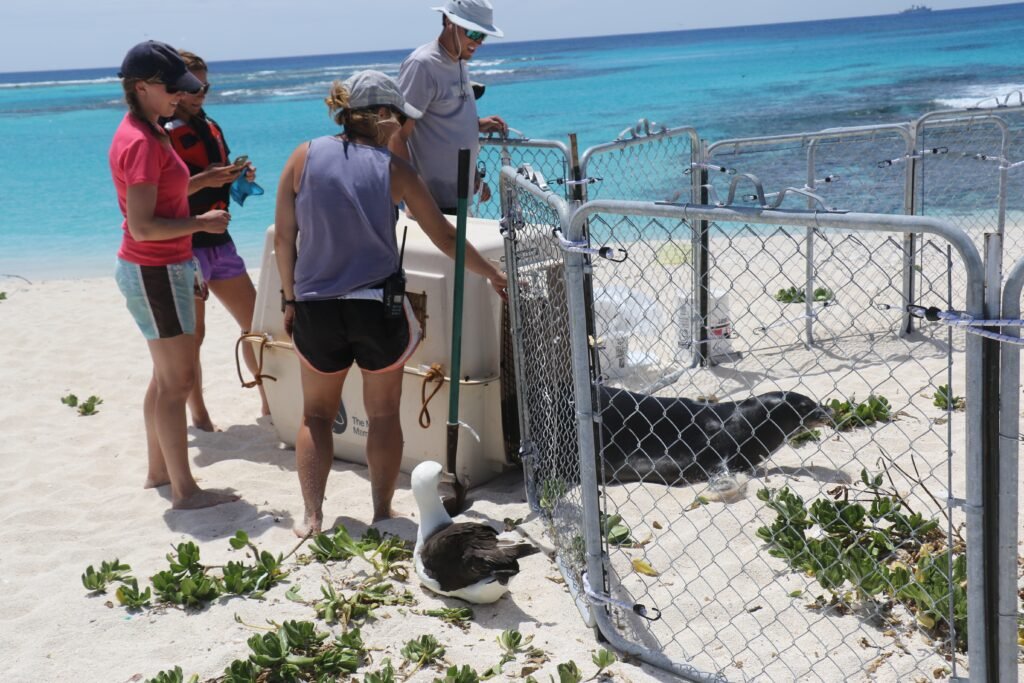
The Life Cycle of Marine Turtles
Life Stages and Behaviors of Marine Turtles
Marine turtles have fascinating life cycles, navigating vast oceans and returning to specific nesting beaches to lay their eggs. These ancient reptiles go through several life stages, each marked by unique behaviors and physiological changes. After hatching from their eggs, baby turtles embark on perilous journeys, facing numerous challenges and dangers. Understanding the life stages and behaviors of marine turtles is crucial to comprehending their vulnerability to plastic pollution.
Nesting and Hatchling Period
Nesting is a critical phase in the life of a marine turtle, with adult females returning to the same beach where they were born to lay their own eggs. These nesting beaches are often threatened by human activities and coastal development, further adding to the challenges faced by marine turtles. Once the eggs hatch, the tiny hatchlings make a frantic dash towards the ocean, guided by the moonlight reflecting off the water. This journey is fraught with dangers, with predators lurking and artificial lights confusing the hatchlings. Plastic pollution further exacerbates these challenges, as debris on the beach can obstruct hatchlings’ path or become a deadly trap.
Migration and Feeding Patterns
After the hatchlings make it to the ocean, they enter a phase of migration, where they traverse vast distances, moving between feeding grounds, nesting beaches, and overwintering areas. These migrations can take several years, with turtles traveling hundreds or even thousands of kilometers. During their migrations, marine turtles rely on specific feeding grounds, where they consume various sea creatures such as jellyfish, seagrass, and algae. The presence of plastic pollution in these feeding grounds threatens the turtles’ survival, as it can contaminate their food sources or cause injury and illness if ingested.
The Threats Facing Marine Turtles
Natural Threats to Turtles
Marine turtles have evolved to cope with various natural threats through millions of years. Predators such as sharks, crocodiles, and birds have always posed a risk to sea turtles, especially during their early life stages. However, natural threats alone do not account for the alarming decline in marine turtle populations witnessed in recent years.
Human-Induced Threats to Turtles
Human activities have dramatically compounded the threats faced by marine turtles. Coastal development and habitat destruction have significantly reduced the available nesting beaches for turtles. Light pollution from cities and beachfront properties disrupts the nesting and hatching process, leading to disoriented hatchlings. Pollution from oil spills, chemical runoff, and other pollutants further degrade marine environments, jeopardizing the survival and health of marine turtles.
The Role of Plastic Pollution in Turtle Decline
Plastic pollution has emerged as a significant player in the decline of marine turtle populations. The ingestion of plastic debris can lead to malnutrition, as turtles mistake plastic for their natural food sources. This can result in stunted growth, reproductive issues, and even death. Entanglement in plastic waste can cause severe injuries, including amputations or infections that can ultimately be fatal. The destructive nature of plastic pollution calls for urgent action to protect and preserve marine turtle populations.
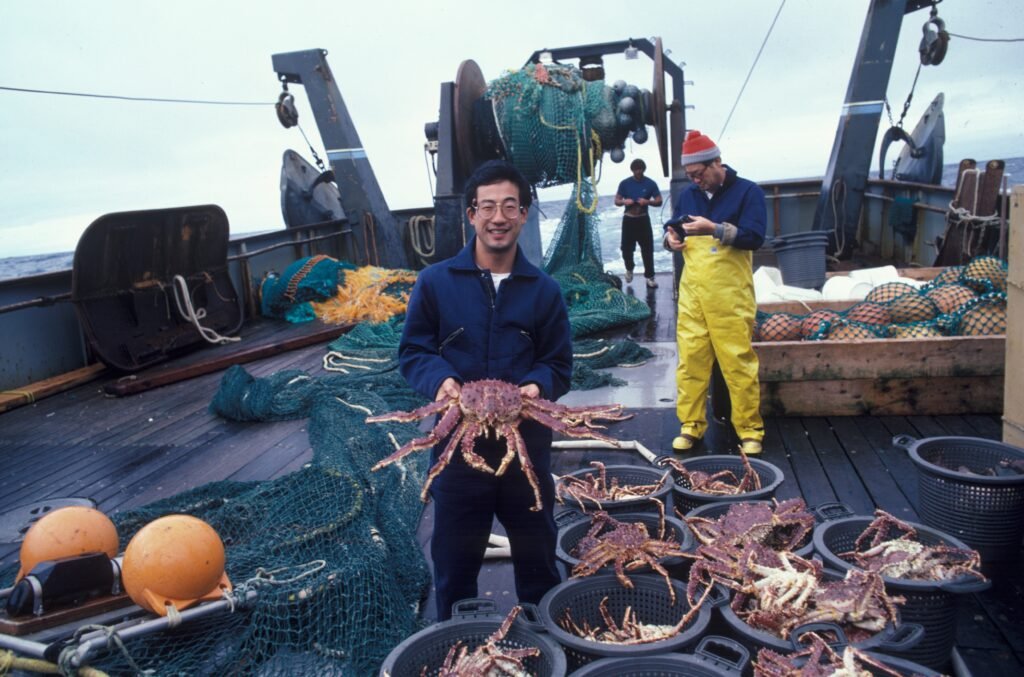
Efforts to Protect Marine Turtles
International Conservation Initiatives
Recognizing the urgent need to conserve marine turtles, various international organizations and initiatives have been established to protect these endangered species. This includes the International Union for Conservation of Nature (IUCN), which conducts extensive research on marine turtles and develops conservation strategies. The Convention on International Trade in Endangered Species of Wild Fauna and Flora (CITES) regulates and monitors the international trade of marine turtle products, aiming to prevent illegal trafficking and protect their populations.
Local Conservation Efforts
At a grassroots level, countless local organizations and communities are actively engaged in marine turtle conservation efforts. These dedicated individuals work tirelessly to protect nesting beaches, monitor turtle populations, and rescue injured and stranded turtles. By collaborating with scientists, volunteers, and stakeholders, local conservation efforts play a vital role in safeguarding these ancient creatures and their precious habitats.
Legislation and Policies to Address Plastic Pollution
Governments around the world are taking steps to address the plastic pollution crisis and its impact on marine turtles. Legislation and policies to reduce plastic consumption, promote recycling, and improve waste management have been implemented in many countries. Bans on single-use plastic items, such as plastic bags and straws, have gained traction worldwide, encouraging individuals and businesses to seek sustainable alternatives. These efforts aim to decrease the amount of plastic waste entering our oceans and mitigate the harm caused to marine turtles and other marine life.
Educating and Raising Awareness
The Importance of Environmental Education
Building awareness and educating the public about the impact of plastic pollution on marine turtles is crucial for initiating change. Environmental education equips individuals with the knowledge and understanding necessary to make informed decisions and take action. Educating both children and adults about the importance of reducing plastic consumption, proper waste management, and protecting vital marine habitats instills a sense of responsibility and empowers individuals to create a positive impact.
Campaigns and Outreach Programs
Campaigns and outreach programs play a vital role in raising awareness about plastic pollution and its impact on marine turtles. Through engaging initiatives, such as beach clean-ups, art exhibitions, and public talks, these initiatives aim to inspire change in individual behavior and encourage collective action. They also foster collaboration between community members, local organizations, and government agencies, strengthening the collective will to combat plastic pollution and protect marine turtles.
Raising Awareness About Plastic’s Impact on Turtles
Raising awareness about the impact of plastic on marine turtles requires dedicated efforts from the media, influencers, and environmental organizations. Documentaries, news articles, and social media campaigns have the power to reach diverse audiences and ignite a sense of urgency. By highlighting the stories of injured turtles and the devastating consequences of plastic pollution, the public can be motivated to take action, support conservation initiatives, and push for systemic change.
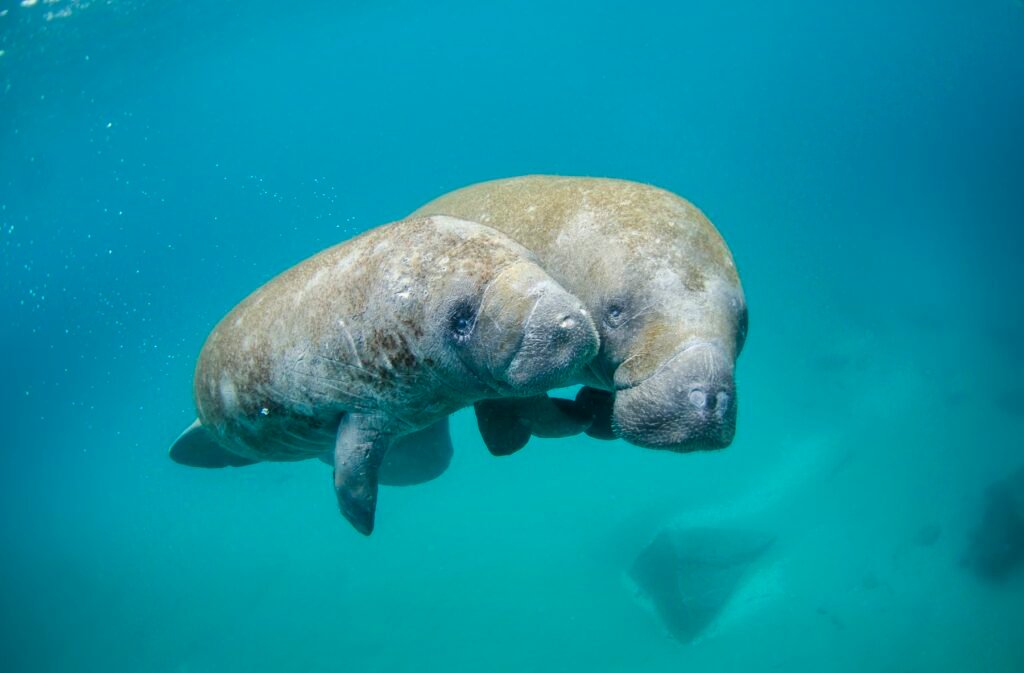
Solutions to Reduce Plastic Pollution
Individual Actions to Reduce Plastic Use
Every individual has the power to make a difference by reducing their plastic consumption. Simple changes such as using reusable bags, water bottles, and coffee cups can significantly reduce the amount of single-use plastic waste generated. Opting for products with minimal packaging and avoiding single-use plastics like straws and cutlery also contribute to the solution. By making conscious choices and embracing sustainable alternatives, we can all play a part in combating plastic pollution and protecting marine turtles.
Promoting Recycling and Waste Management
An effective strategy to combat plastic pollution is promoting recycling and adopting proper waste management practices. Governments, businesses, and communities should invest in accessible recycling facilities and encourage individuals to sort their waste correctly. Implementing waste management systems that prioritize recycling and proper disposal ensures that plastic waste is not left to find its way into the oceans, safeguarding marine turtles and their habitats.
Promoting Sustainable Alternatives to Plastic
Innovative solutions and sustainable alternatives to plastic are emerging to address the plastic pollution crisis. Biodegradable and compostable materials, such as plant-based packaging, offer more eco-friendly options. Furthermore, technological advancements in recycling and waste-to-energy systems provide hope for reducing the overall impact of plastic on the environment. By supporting and embracing these alternatives, we can accelerate the shift towards a plastic-free future.
Future Outlook for Marine Turtles and Plastic Pollution
Predicted Impact of Plastic on Turtles
Without significant changes, the future for marine turtles remains uncertain. As plastic pollution continues to increase, turtle populations will face further decline and potential extinction. The consequences of plastic ingestion and entanglement will worsen, impacting the health and reproduction of these ancient creatures. Mitigating plastic pollution is essential to ensure a future where marine turtles can thrive and continue to play their vital role in our ecosystems.
Addressing the Global Plastic Crisis
Addressing the global plastic crisis requires collective action on a global scale. Governments, businesses, communities, and individuals must work together to effectively reduce plastic consumption, improve waste management, and promote sustainable alternatives. Collaboration between stakeholders, investment in research and development, and the implementation of effective policies are crucial to mitigating plastic pollution and safeguarding the future of marine turtles.
Hope for a Plastic-Free Future
While the impact of plastic pollution on marine turtles is severe, there is hope for a plastic-free future. The growing global awareness and concerted efforts to address plastic pollution indicate a shift towards more sustainable practices. By taking decisive action now, we can create a world in which marine turtles and other marine life are protected from the harmful effects of plastic pollution. With collective determination and a commitment to conservation, we can provide a brighter future for these marvelous creatures and the oceans they call home.
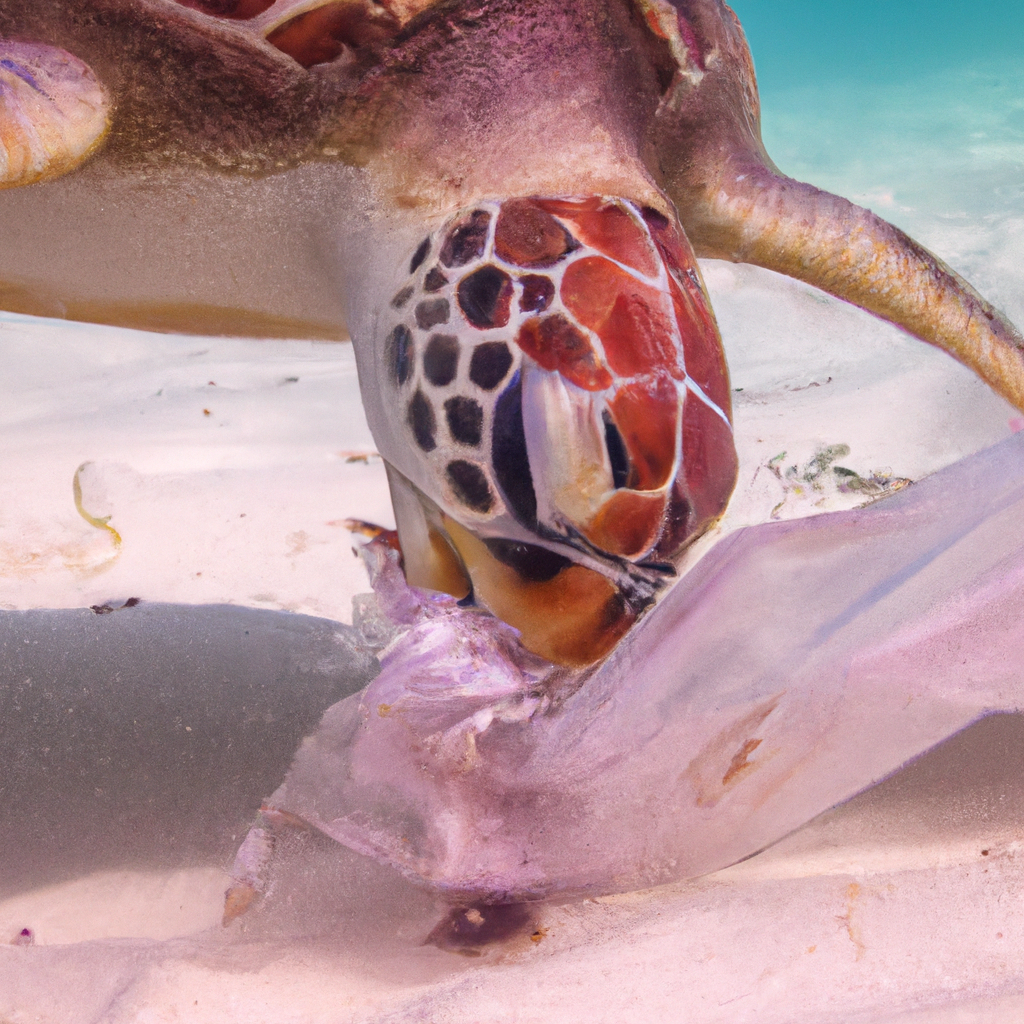
Conclusion
The impact of plastic pollution on marine turtles is a pressing environmental issue that demands our immediate attention. From ingesting plastic debris to becoming entangled in fishing gear, marine turtles face numerous threats as a result of our excessive plastic consumption. The devastating consequences of plastic pollution can be seen through various case studies and research, underscoring the urgent need for action.
Combating plastic pollution and protecting marine turtles requires a multifaceted approach. International conservation initiatives, local efforts, legislation, and education all play a crucial role in addressing this issue. By promoting sustainable alternatives, reducing plastic consumption, and embracing proper waste management, we can make a tangible difference in the fight against plastic pollution.
It is up to all of us to protect marine turtles and ensure their survival for future generations to enjoy. By working together, we can create a plastic-free future and safeguard the incredible biodiversity of our oceans. Let us act now, for the sake of marine turtles, the oceans, and the planet as a whole.
